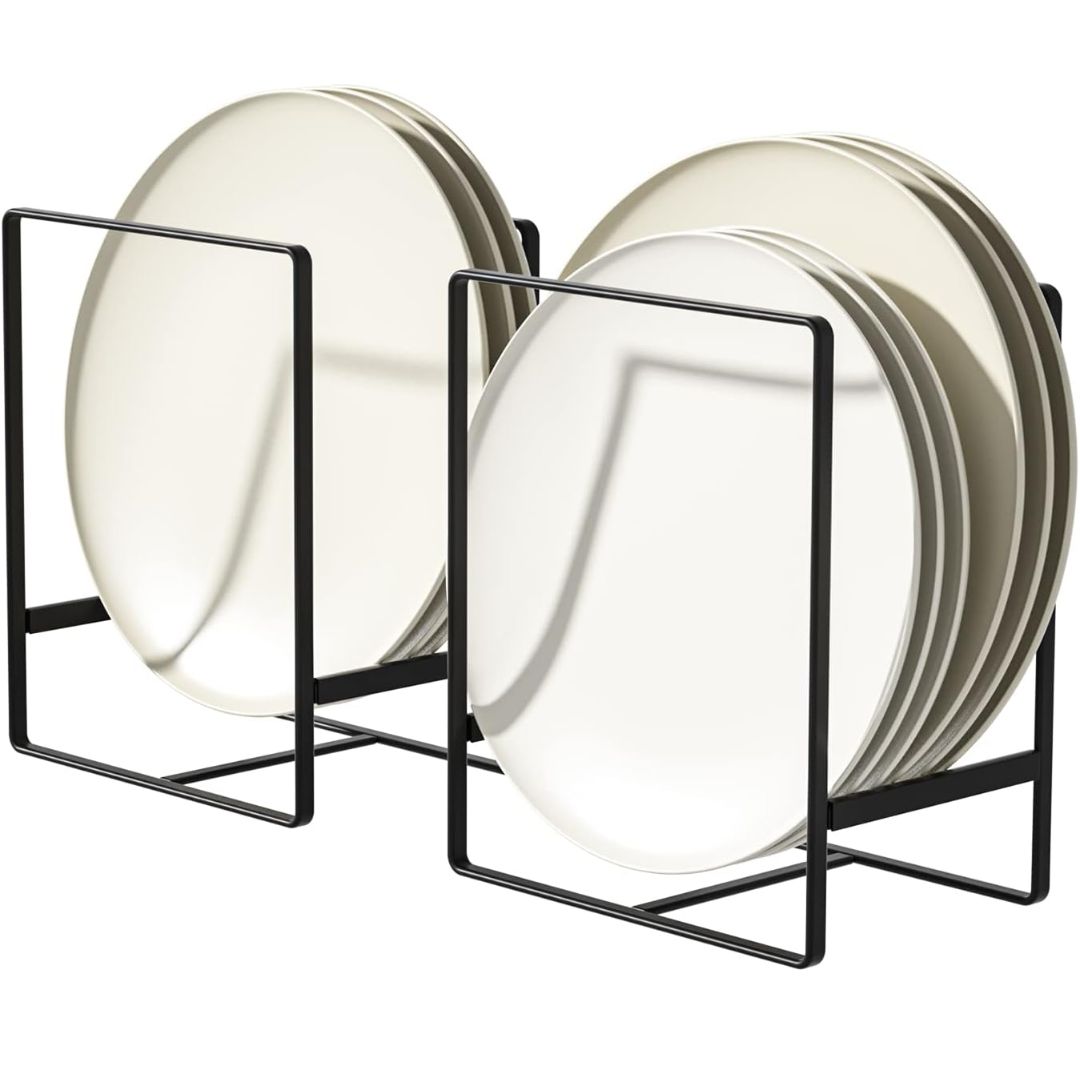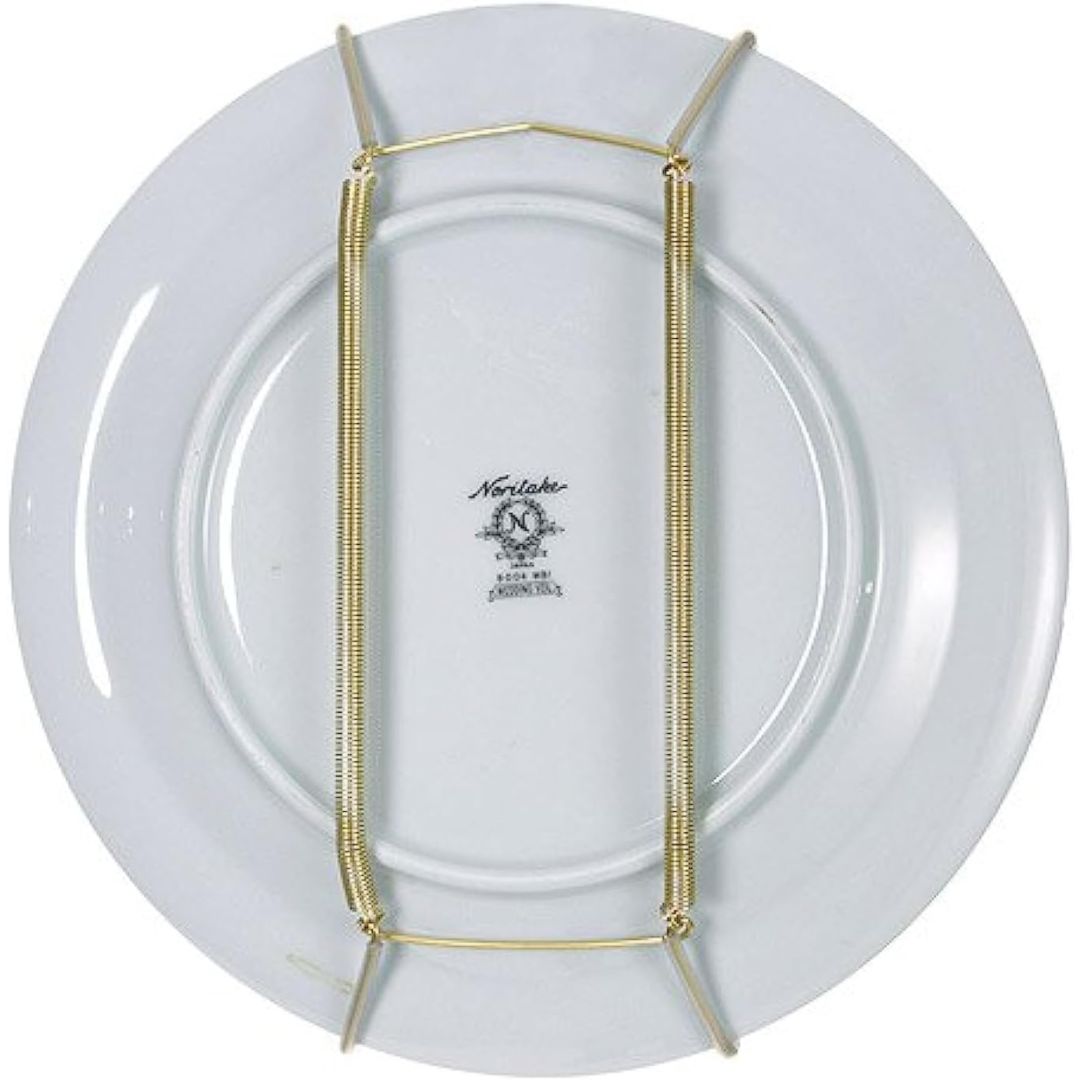5 Clever Ways to Store Serving Platters so They Don't Take Over Your Kitchen's Valuable Cabinet Space
Serving platters can be a tricky thing to store in a kitchen - we asked experts how they get it right for a better organized home
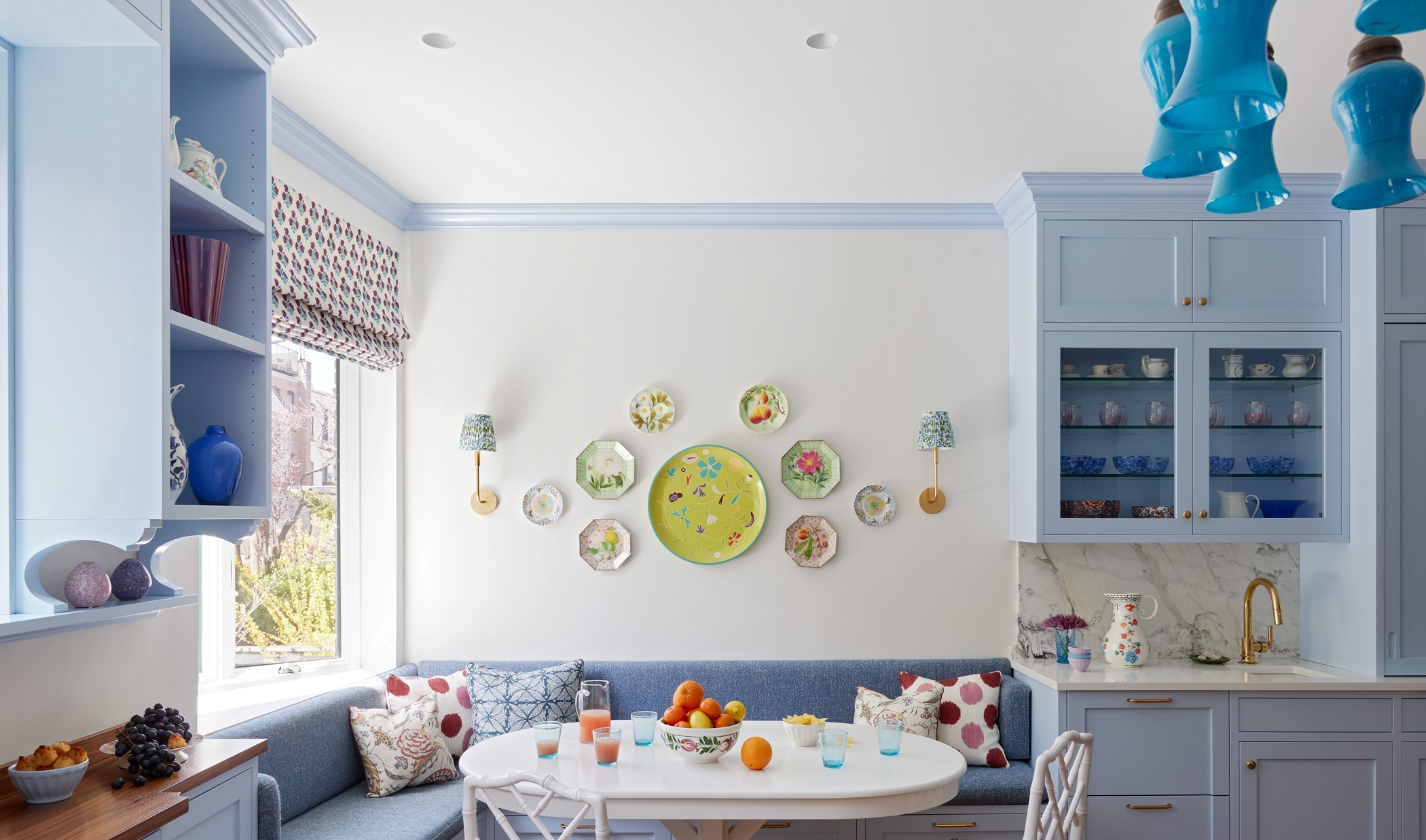

Unlike dinner plates, serving platters tend to be irregular sizes, and you're more likely to collect different types which don't stack together well in your kitchen cabinets. Surely, there's got to be a better way to organize your entertaining wares so they don't overtake your cupboard space, right?
First things first, those who do not entertain should probably keep their serving platters out of the kitchen altogether, but if you want to keep them close at hand, there are other kitchen storage ideas that work.
We asked expert organizers about the steps they take to better store serving platters - this is what they told us.
1. Consider the size of your storage before buying platters

Before we jump into storage solutions, experts first caution against buying crockery that doesn't fit into your storage space. This is especially important if you have a small kitchen.
'When buying platters, people often think about the size of their parties,' says professional organizer Sara Bereika, founder of Sara Jane Organizing. 'Instead, I consider my storage space before making a purchase. If a platter doesn't fit in my cabinet, it isn't a good platter for me. I prefer to use several smaller platters instead of one large one.'
'Before storing platters, you must review them,' says Ben Soreff, founder of House to Home Organizing. 'Large serving items have a habit of accumulating over the years. They arrive when cleaning out relatives' houses or when you have a big party. These platters are typically only used for entertaining. So we do not use it every day or even every week. These seldom-used platters should not live in your kitchen but in kitchen runoff in the garage, basement, or attic.'
2. Display the pretty ones on walls

Post all considerations, find the right place to store your large serving platters. If you have a small, curated collection of truly artistic platters that deserve a lot of love and attention, consider using them as wall art. This will allow you to store them in a place where you can always see them (ensuring their safety), and use them as a way to add a decorative touch to the kitchen.
The Livingetc newsletters are your inside source for what’s shaping interiors now - and what’s next. Discover trend forecasts, smart style ideas, and curated shopping inspiration that brings design to life. Subscribe today and stay ahead of the curve.
'If the platters are decorative, use them like decor on the wall,' says Ben. 'Floating shelves are an option but no matter what system you select, use painter's tape to mark off the design before you begin. Since these items are all breakable it is recommended as a two-person job or hire an expert.'
'For lighter platters, you could choose a standard wire mount which means the hardware will be visible like in a wire hanger,' says Ben. 'You could use a disc hanger that is specially designed for the weight of the platter and will not be visible. Hanging items is all about not rushing and getting the correct heavy-duty disc mount.'
3. Store on shelving
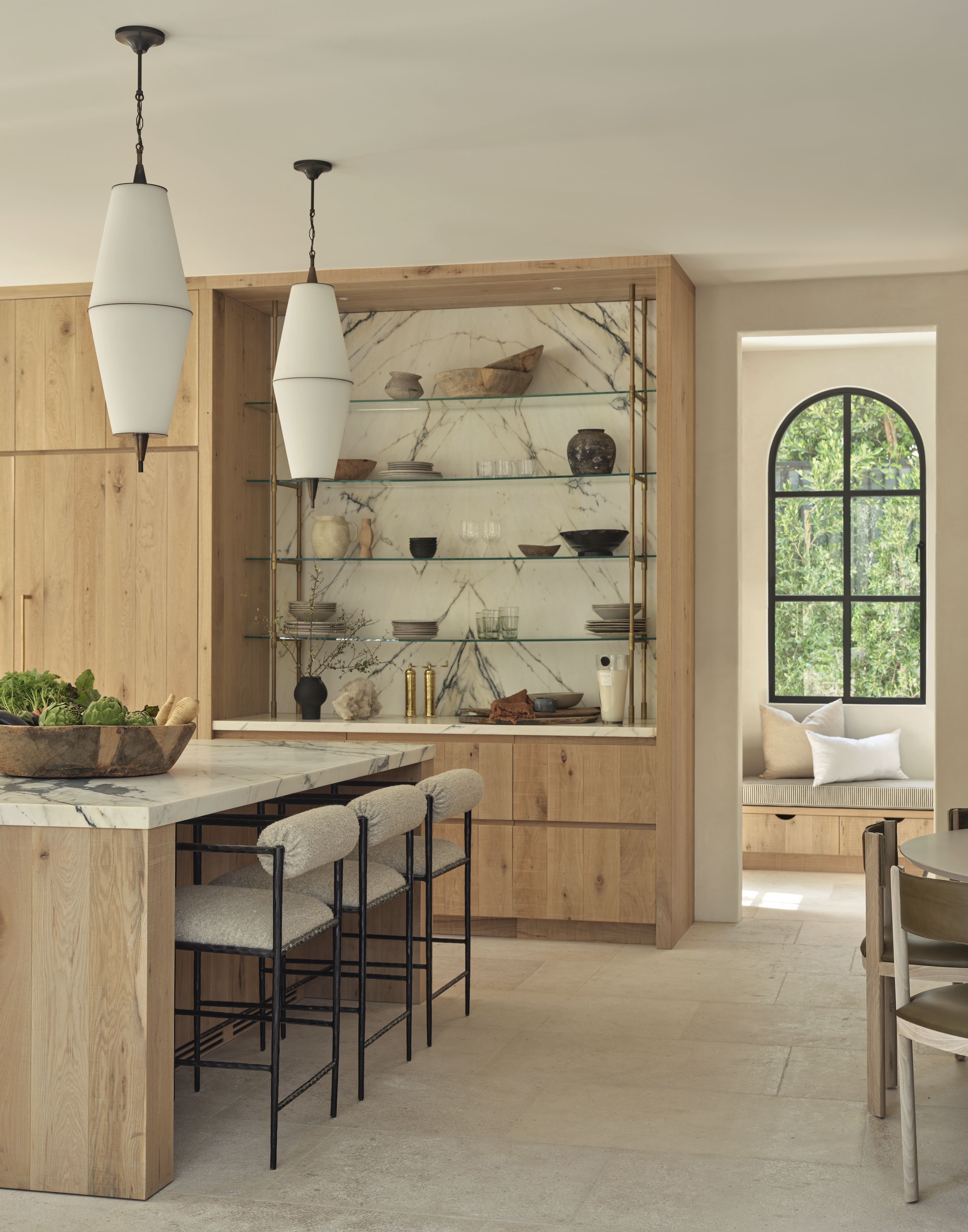
'I would advise using kitchen shelving for storing platters, and the first thing that will help you is an additional shelf or two,' says Charlotte Sitton, founder of Organised by Charlotte. 'Extra heavy platters work best on lower shelves (depending on the space you have) as it will be easier to reach, and lift. I find it helpful to stack plates if you are limited on space, so that you can make the best use of the area, so the biggest on the bottom shelf with the smallest at the top.'
'Also storage bags are really useful for storing silver, and the felt sheets in between can help prevent scratching,' says Charlotte.
4. Organize them like a file on a rack
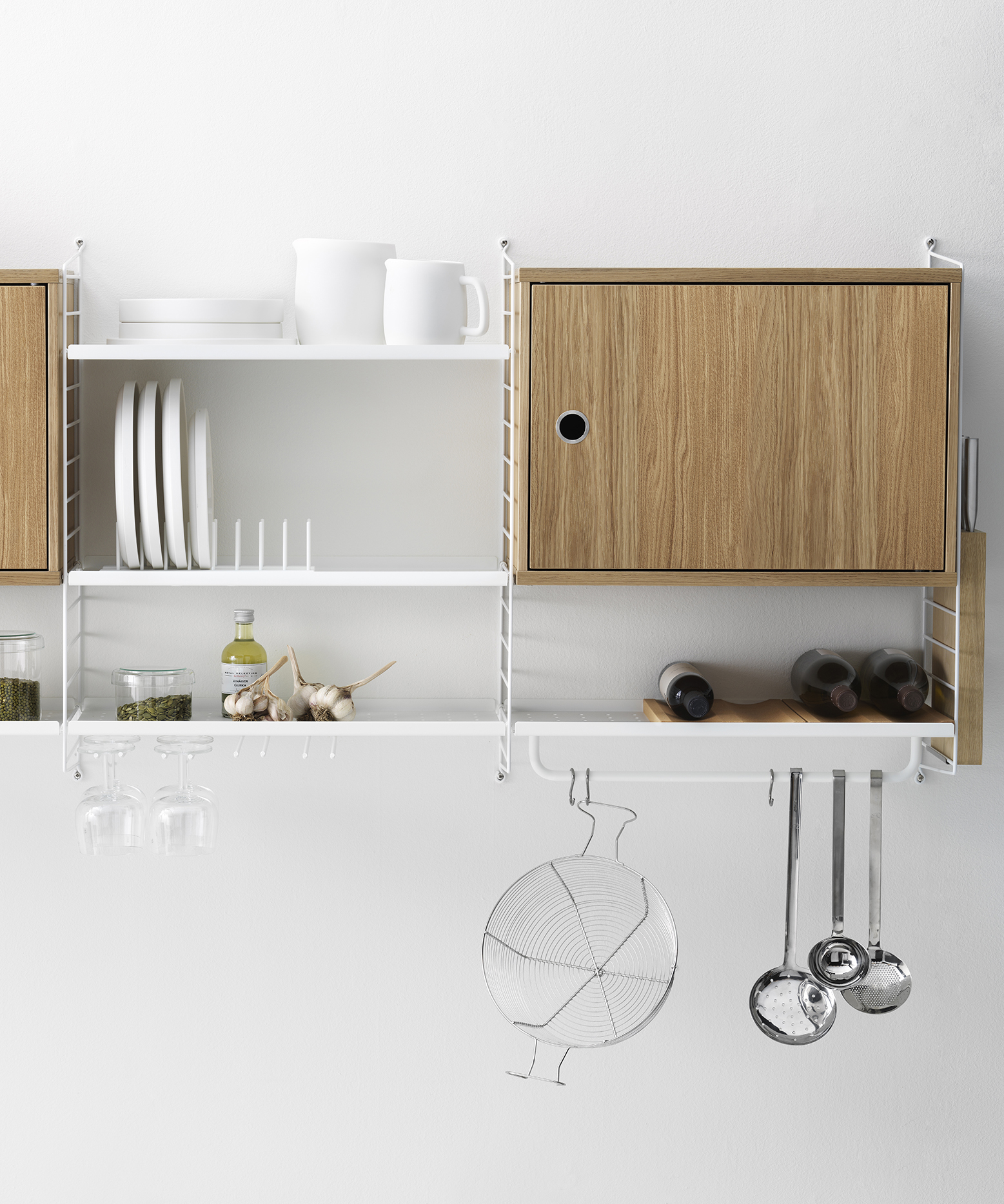
Kitchen organizers like racks can be a useful way to store platters in a cupboards so they're easier to access. While usually these are used for regular plates and cups, if you find the right one, it could easily be dedicated to your platters.
'I have a unique way of organizing platters, where I stand them on their side like a file system,' says Sara. 'To make this possible, I use an accordion pot lid holder (like this one from Amazon), or bamboo plate rack. However, it's important to keep in mind the weight of your platters when storing them this way. If your platters are large and heavy, standing them on their side may not be feasible.'
5. Place on a picture stand
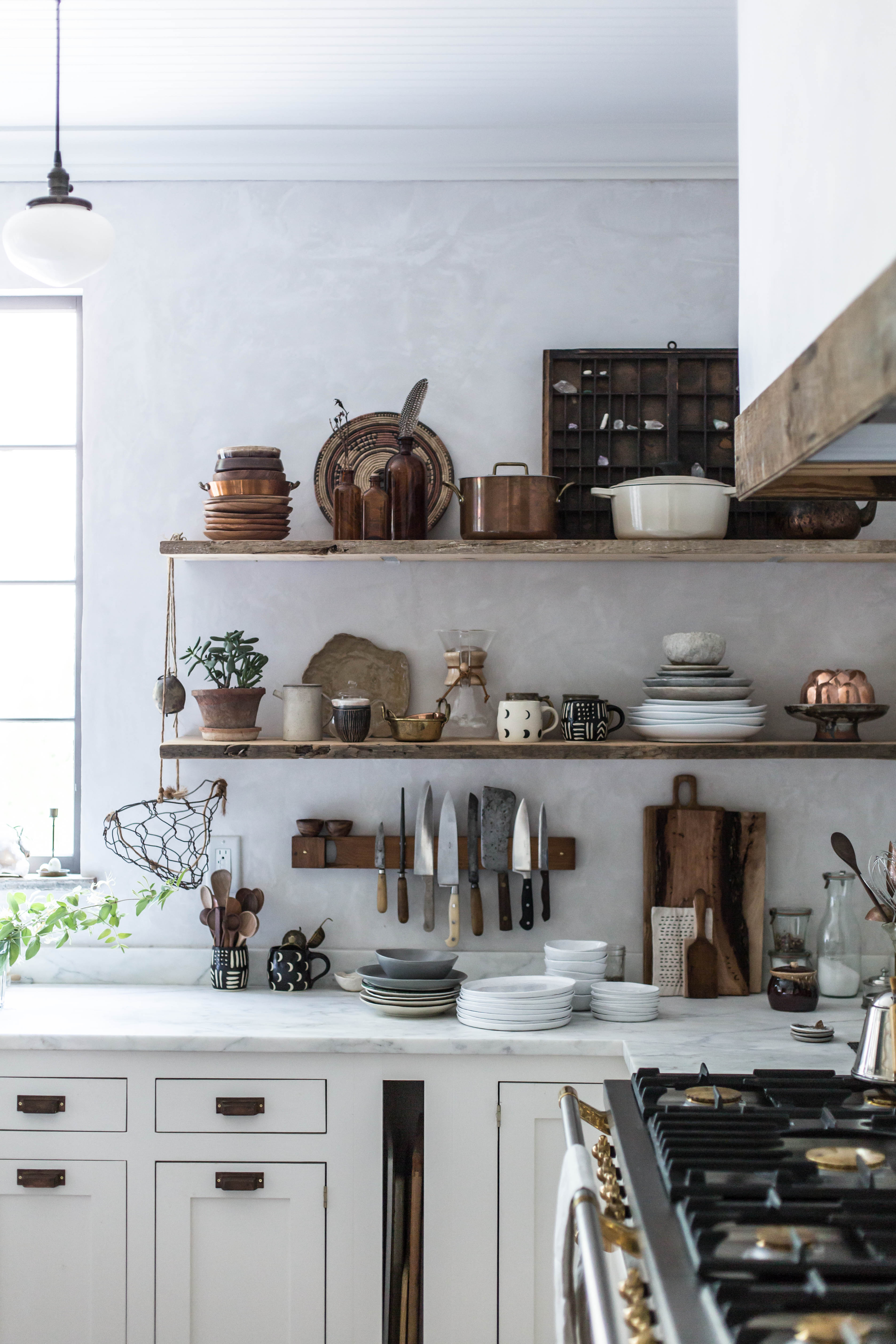
Serving platters aren't always a great choice for what to store in high kitchen cabinets, even in those awkward spots where nothing else fits.
'Usually, people place large platters on top of the fridge or in the skinny sheet pan cabinets,' says Sara. 'Although these places work, they can look cluttered, and if stored with sheet pans, the platters can be damaged. A good option instead is to place large platters on a picture stand on a shelf or in upper cabinets. Sometimes, if the platters are just too large for the cabinet, this is the best way to store them.'
Products to organize and store platters

Aditi Sharma Maheshwari started her career at The Address (The Times of India), a tabloid on interiors and art. She wrote profiles of Indian artists, designers, and architects, and covered inspiring houses and commercial properties. After four years, she moved to ELLE DECOR as a senior features writer, where she contributed to the magazine and website, and also worked alongside the events team on India Design ID — the brand’s 10-day, annual design show. She wrote across topics: from designer interviews, and house tours, to new product launches, shopping pages, and reviews. After three years, she was hired as the senior editor at Houzz. The website content focused on practical advice on decorating the home and making design feel more approachable. She created fresh series on budget buys, design hacks, and DIYs, all backed with expert advice. Equipped with sizable knowledge of the industry and with a good network, she moved to Architectural Digest (Conde Nast) as the digital editor. The publication's focus was on high-end design, and her content highlighted A-listers, starchitects, and high-concept products, all customized for an audience that loves and invests in luxury. After a two-year stint, she moved to the UK and was hired at Livingetc as a design editor. She now freelances for a variety of interiors publications.
